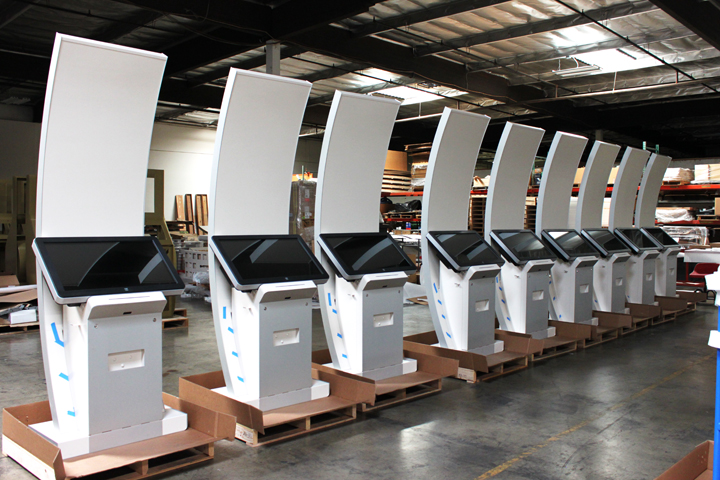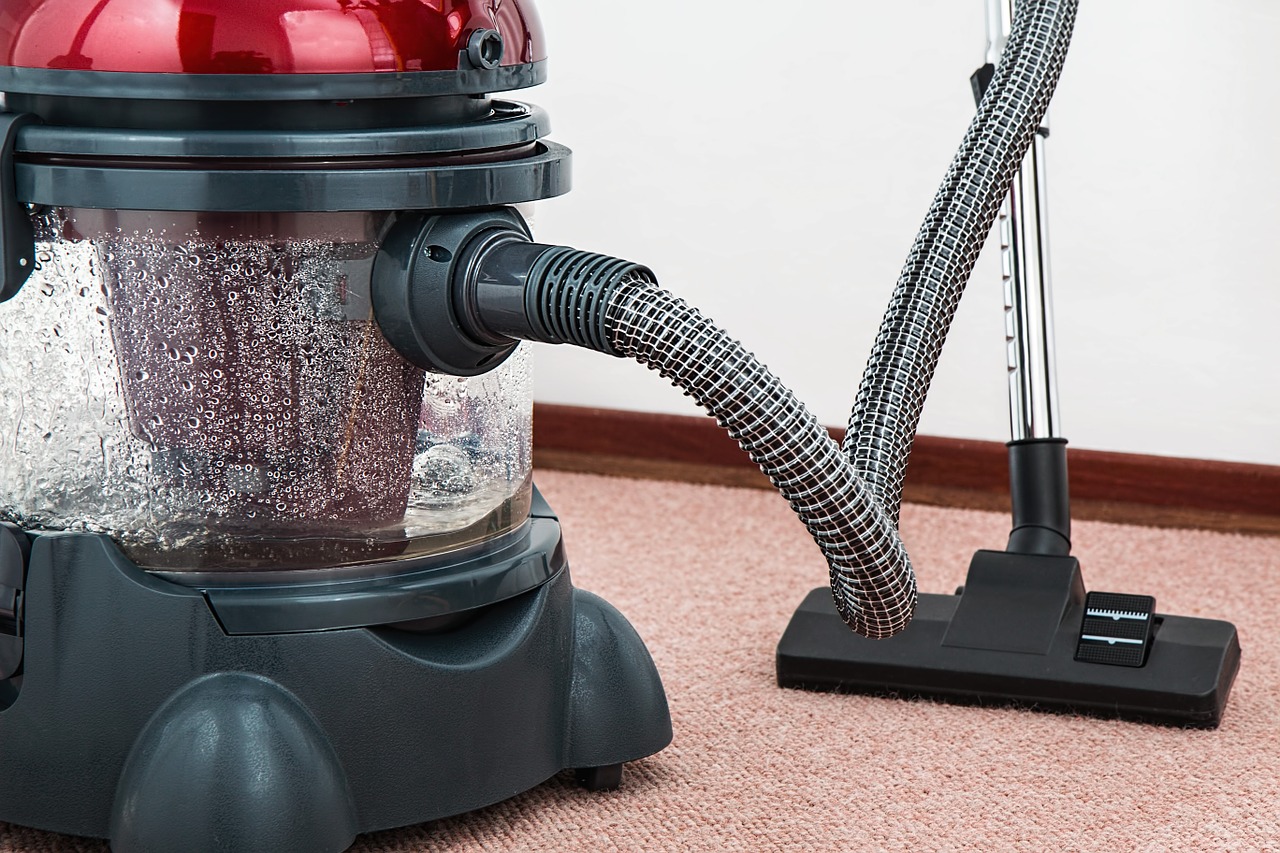
As technology advances, more and more organizations are considering deployment of self-service kiosks to aid in attaining their business goals. As much as the successful kiosk deployment generate revenue, cut on the costs while at the same time providing convenience to the users, it takes so much time, money and effort to get there. Often, organizations face different challenges as they embark on the deployment process. Some of the major challenges faced are;
- A project may have several stakeholders
- There will be a challenge if there are a number of technical components that are required during kiosk deployment.
- Technical and operational issues that arise after deployment may often pose as a big challenge.
In this article, we will look at how you can overcome the challenge of technical components that are required during self-service kiosks.
When implementing a kiosk system, you need to know what types of components that requires to be integrated into your system, how to select, integrate and the art of managing these components. A general self-service kiosk consists of two major components; the hardware component and the software component.
Hardware components consists of; the enclosure, computer system, input and output devices. Careful consideration is required when sourcing for hardware components, if your kiosk is for public use, your kiosks’ specs should be able to withstand the large traffic. As your kiosk gains popularity, you can modify the hardware components which will be a major task to undertake. It is very important to note that the quality of each of these individual hardware components affects the quality and performance of the whole kiosk as a whole.
Software components consist of four major components i.e.
- Operating system (OS)
- Kiosk application system (for instance, loyalty program application or check-in system)
- Kiosk platform, and
- Remote management system.
For your kiosk to be reliable, it is important to integrate these components in a way that their full potential will be utilized. For this to happen, it requires expertise and experience and it is very crucial to go for an experienced kiosk designer, such as Olea Kiosks, to work with. The most common mistakes that organizations make while deploying a kiosk is their choice of kiosk designers that offer low price yet it has limited integration capability. The long term effect of this is that there will be high maintenance costs, low customer satisfaction and the quality of the kiosks will be very poor. The choice of your kiosk designer should see to it that it selectively and tightly integrates quality components. You should also carry out necessary tests such as design verification test, performance test, component and general system tests. Carrying out these tests greatly improves the reliability and performance of your kiosk system.










![Watch Video Now on xiaohongshu.com [以色列Elevatione perfectio X美容仪 perfectio X 全新仪器黑科技了解下]](https://www.techburgeon.com/wp-content/uploads/2019/07/perfectiox-singapore-150x150.jpg)
